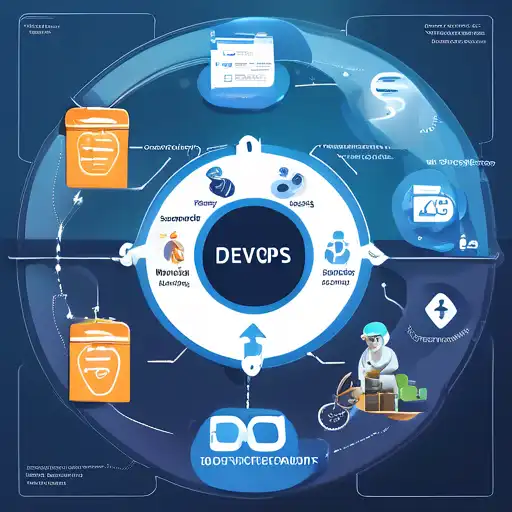Introduction to DevOps in Software Development
DevOps has revolutionized the way software is developed, deployed, and maintained. By bridging the gap between development and operations teams, DevOps practices ensure faster delivery times, higher quality products, and more efficient workflows. This article explores the multifaceted benefits of DevOps in the software development lifecycle (SDLC).
The Core Benefits of DevOps
DevOps introduces a culture of collaboration and automation that significantly improves the SDLC. Below are some of the key benefits:
- Continuous Integration and Continuous Deployment (CI/CD): Automates the integration and deployment processes, reducing manual errors and speeding up release cycles.
- Improved Collaboration: Breaks down silos between teams, fostering a culture of shared responsibility.
- Enhanced Efficiency: Automation tools streamline workflows, allowing teams to focus on innovation rather than repetitive tasks.
- Greater Scalability: DevOps practices support scalable infrastructure management, accommodating growth without compromising performance.
DevOps Tools and Technologies
A variety of tools support DevOps practices, each serving different aspects of the SDLC. Popular tools include:
- Version Control: Git, GitHub, Bitbucket
- CI/CD: Jenkins, Travis CI, CircleCI
- Configuration Management: Ansible, Puppet, Chef
- Monitoring: Nagios, Prometheus, Grafana
These tools automate and optimize various stages of development, testing, and deployment, ensuring a seamless workflow.
Implementing DevOps in Your Organization
Adopting DevOps requires a strategic approach. Here are steps to ensure a smooth transition:
- Assess Current Processes: Identify bottlenecks and areas for improvement in your current SDLC.
- Define Clear Objectives: Set measurable goals for what you aim to achieve with DevOps.
- Choose the Right Tools: Select tools that align with your team's needs and project requirements.
- Foster a DevOps Culture: Encourage collaboration, continuous learning, and innovation among team members.
By following these steps, organizations can effectively integrate DevOps practices into their workflows, leading to improved productivity and product quality.
Conclusion
DevOps is not just a set of practices but a culture that promotes efficiency, collaboration, and continuous improvement in the software development lifecycle. By embracing DevOps, organizations can achieve faster delivery times, higher quality software, and a competitive edge in the market. For more insights into optimizing your development processes, explore our guide on continuous integration best practices.
